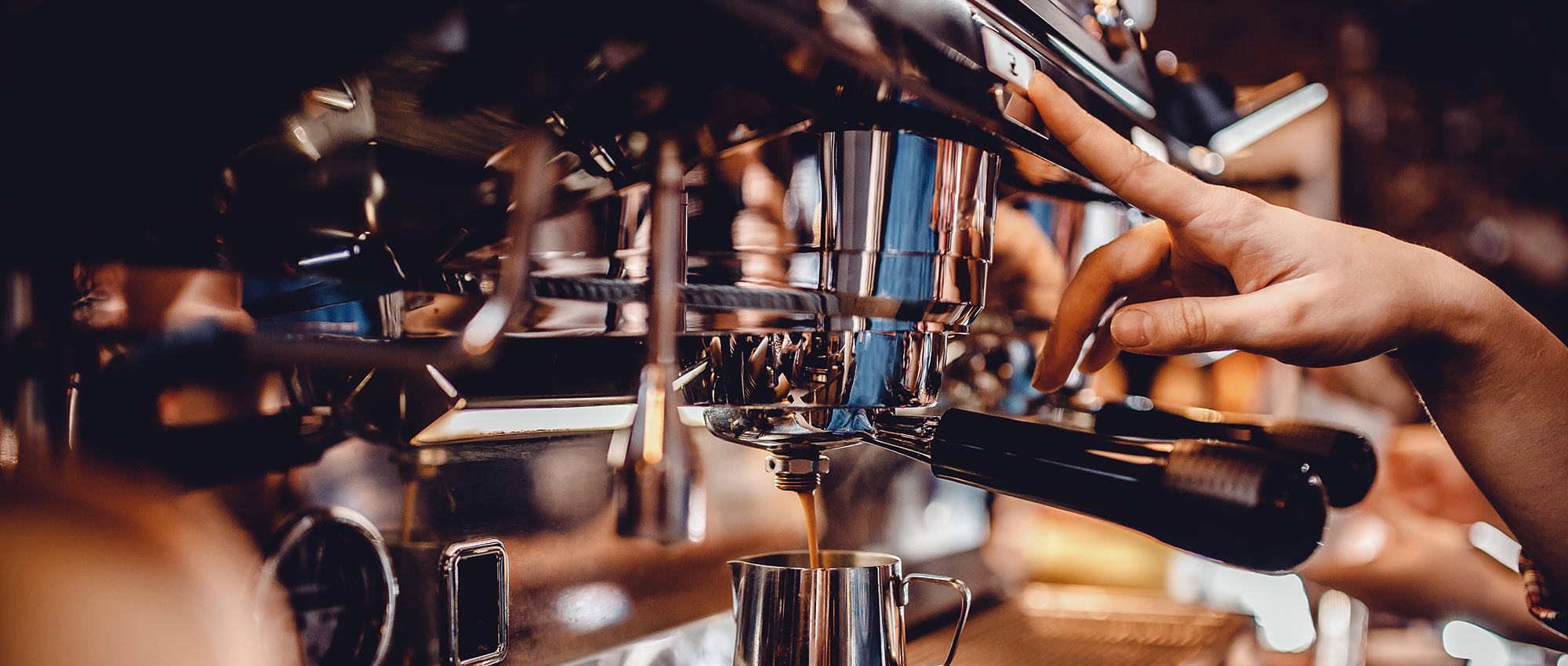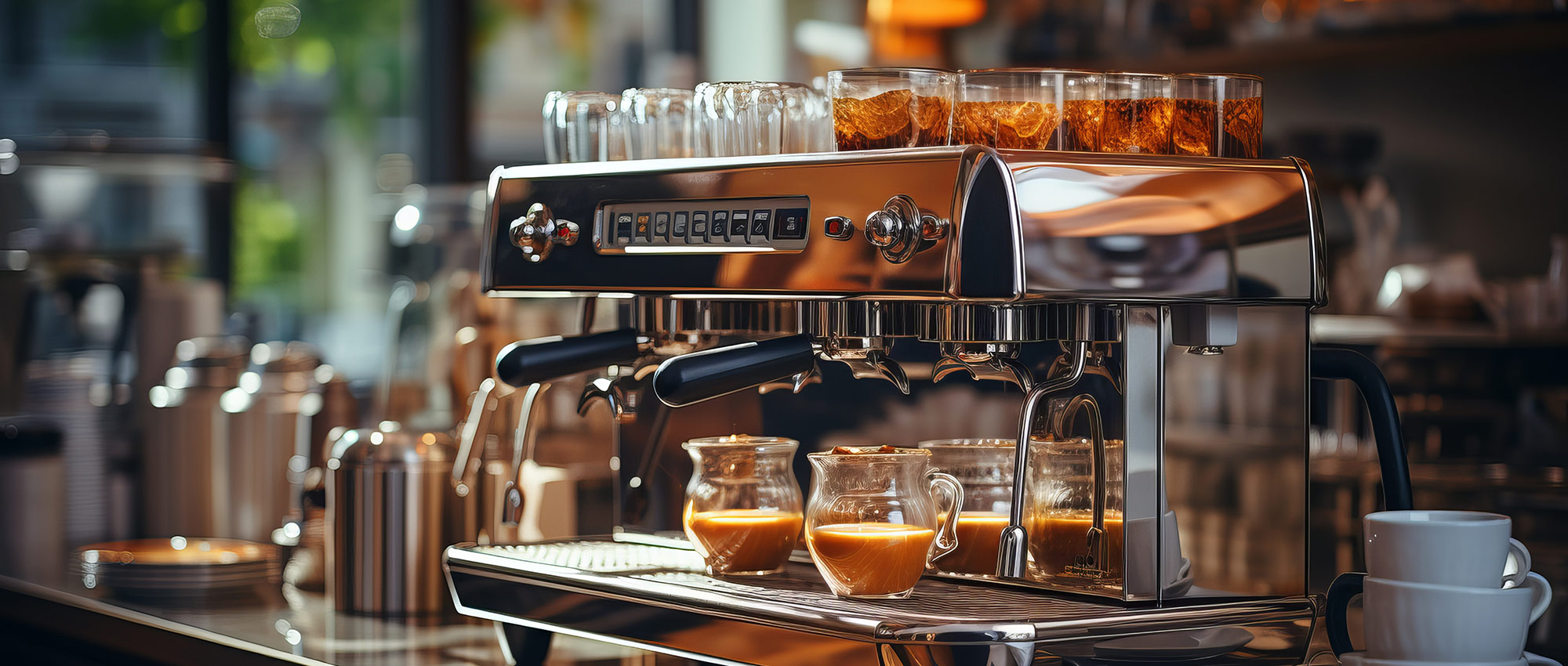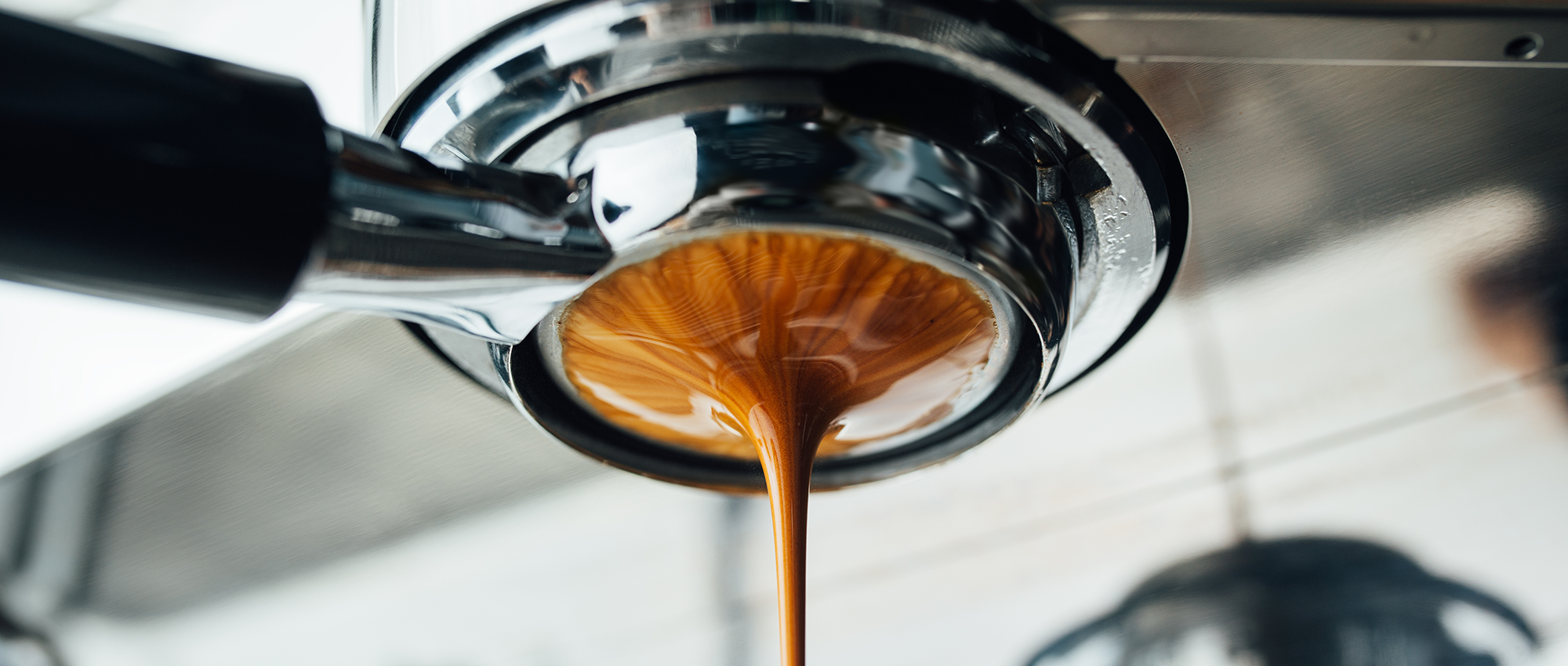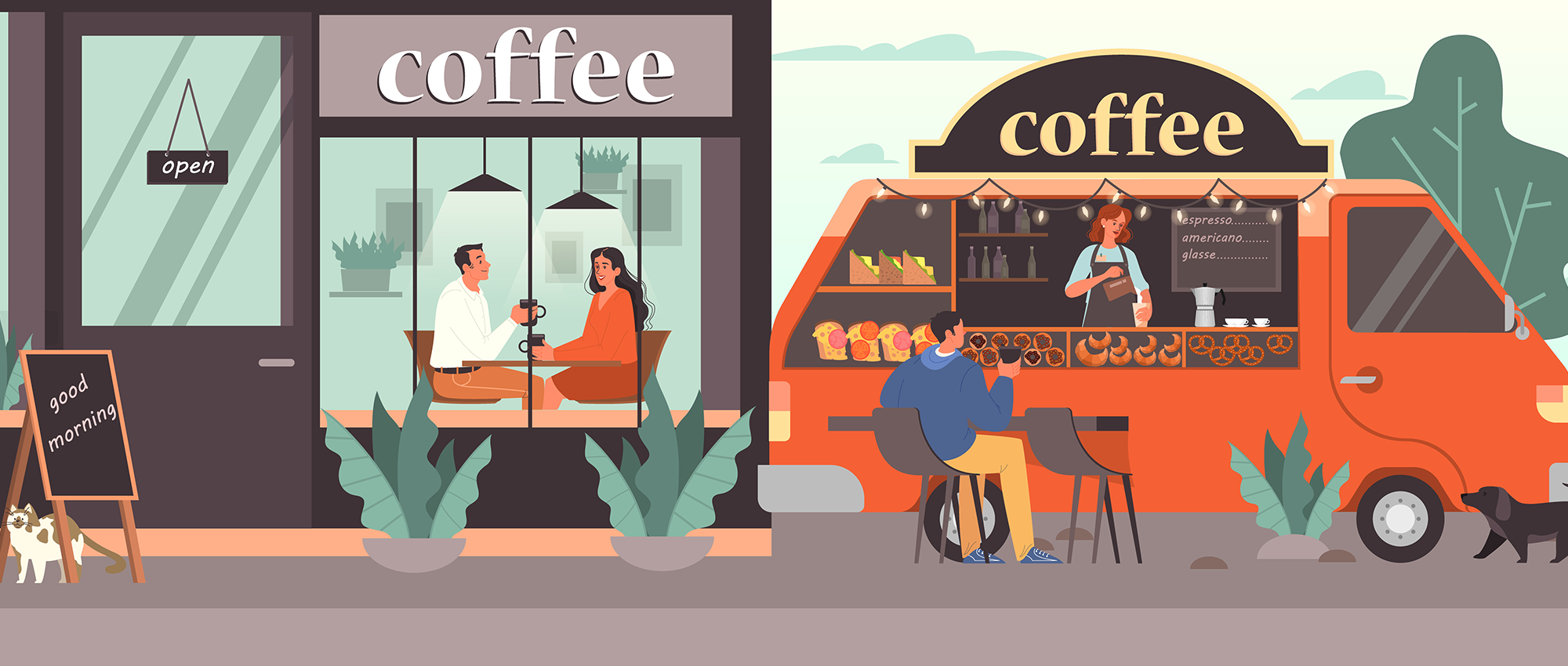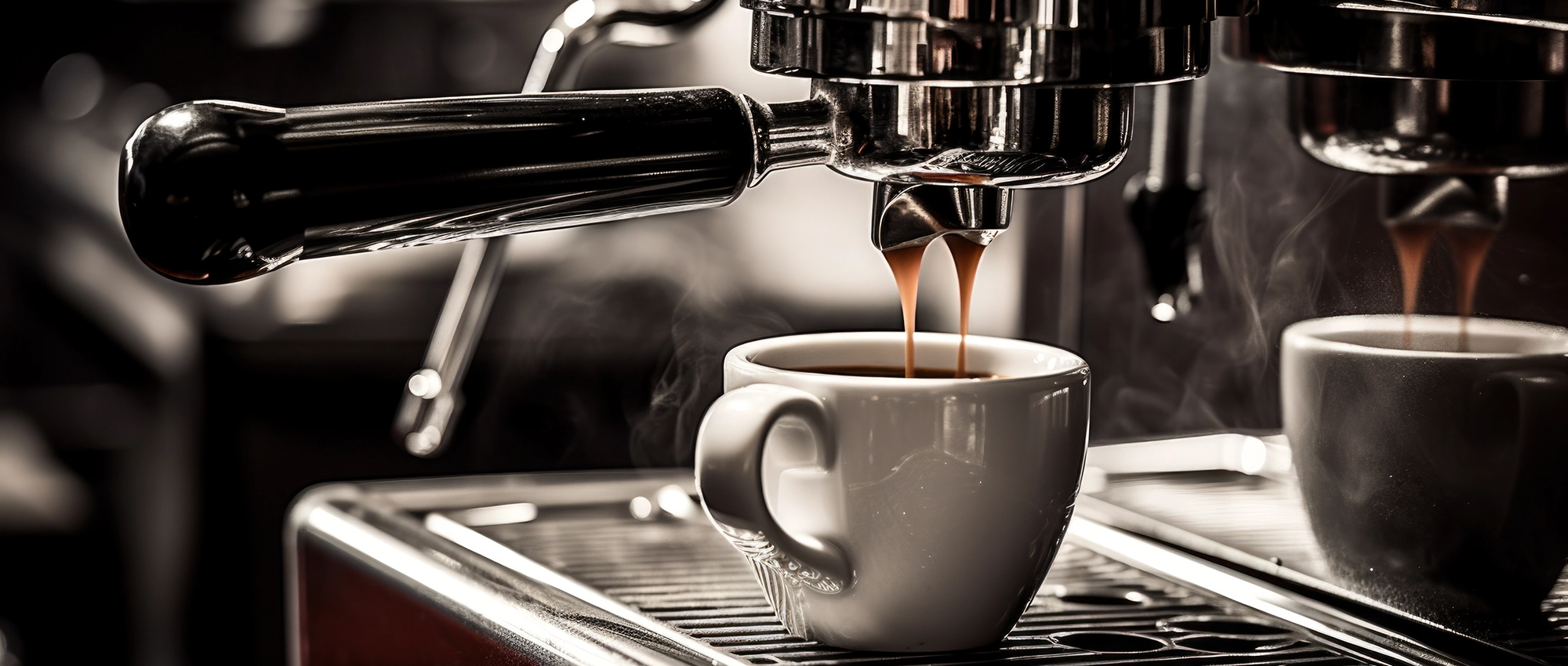Coffee Shop Roasting Guide | In-House vs Wholesale for Coffee Shops
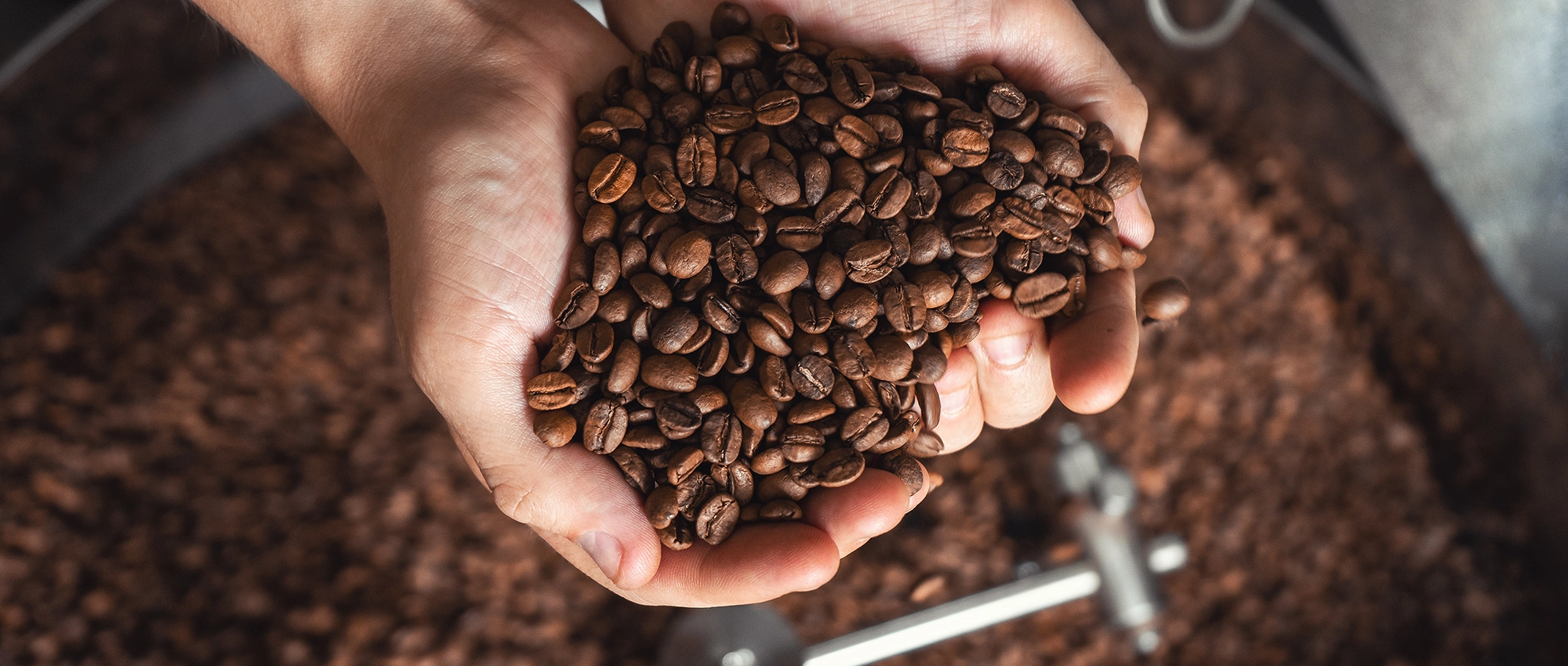
Coffee Roasting Guide | In-House vs Wholesale for Coffee Shops
When opening a coffee shop or evaluating your current operations, one of the most critical decisions you’ll face is whether to roast your own beans in-house or source from wholesale roasters. This choice will significantly impact your startup costs, daily operations, product quality, and long-term profitability. Both approaches have distinct advantages and challenges that deserve careful consideration.
The Rise of Specialty Coffee and Roasting Decisions
The specialty coffee industry has experienced explosive growth over the past decade, with consumers becoming increasingly sophisticated about coffee quality, origin, and brewing methods. This trend has created opportunities for coffee shops to differentiate themselves through unique roasting profiles and exclusive blends. However, it has also intensified competition and raised customer expectations for consistency and quality.
Understanding the financial, operational, and strategic implications of your roasting decision is crucial for long-term success. Let’s examine both approaches in detail to help you make an informed choice for your business.
In-House Coffee Roasting: Complete Control Over Your Product
Advantages of In-House Roasting
Quality Control and Consistency In-house roasting provides unparalleled control over your coffee’s flavor profile, roast level, and consistency. You can adjust roasting parameters in real-time based on bean characteristics, seasonal variations, and customer feedback. This level of control allows you to develop signature blends and single-origin offerings that truly differentiate your coffee shop from competitors.
Freshness Guarantee Roasting on-site ensures maximum freshness, as you can roast beans just days before serving, allowing adequate time for degassing. This freshness translates directly into superior flavor and aroma, creating a competitive advantage that wholesale coffee often cannot match. Fresh-roasted coffee also commands premium pricing, improving your profit margins.
Brand Differentiation and Marketing In-house roasting becomes a powerful marketing tool and brand differentiator. The aroma of freshly roasted coffee creates an immersive sensory experience that enhances customer engagement. You can showcase the roasting process, educate customers about different origins and roasting techniques, and build a loyal following around your unique coffee offerings.
Higher Profit Margins While initial equipment costs are substantial, in-house roasting typically offers better long-term profit margins. Green coffee beans cost significantly less than finished roasted coffee, and you eliminate wholesale markups. Successful in-house roasters often see profit margins 20-30% higher than shops using wholesale coffee.
Flexibility and Innovation In-house roasting allows rapid experimentation with new origins, blends, and roasting profiles. You can respond quickly to seasonal availability, create limited-edition offerings, and adjust your product mix based on customer preferences without waiting for wholesale roaster approval or minimum order quantities.
Challenges of In-House Roasting
Significant Capital Investment Commercial coffee roasters range from $15,000 for small batch roasters to over $100,000 for high-capacity machines. Additional equipment needs include green bean storage, chaff collectors, ventilation systems, and packaging equipment. Total startup costs for a complete roasting setup often exceed $50,000.
Steep Learning Curve Coffee roasting is both art and science, requiring extensive knowledge of bean characteristics, roasting chemistry, and equipment operation. Developing consistent, high-quality roasting skills takes months or even years of practice. Poor roasting can result in wasted inventory and disappointed customers.
Operational Complexity In-house roasting adds significant operational complexity to your business. You’ll need to manage green bean inventory, maintain roasting equipment, monitor quality control, and ensure food safety compliance. This requires additional time, expertise, and staffing considerations.
Regulatory and Safety Requirements Commercial roasting operations must comply with local health department regulations, fire safety codes, and zoning requirements. Proper ventilation systems, fire suppression equipment, and permits add to startup costs and ongoing compliance responsibilities.
Inventory Management Challenges Green coffee beans require proper storage conditions and have varying shelf lives. You’ll need to balance inventory levels to ensure freshness while avoiding waste from overordering. This requires sophisticated planning and inventory management systems.
Wholesale Coffee Sourcing: Simplicity and Expertise
Advantages of Wholesale Sourcing
Lower Startup Costs Wholesale sourcing eliminates the substantial capital investment required for roasting equipment and infrastructure. This allows you to allocate resources toward other critical business areas like location, interior design, marketing, hiring, and working capital.
Professional Expertise Established wholesale roasters bring years of expertise, sophisticated equipment, and quality control systems. They handle sourcing relationships with coffee farms, maintain consistent roasting profiles, and provide technical support. This expertise is particularly valuable for new coffee shop owners without roasting experience.
Simplified Operations Wholesale sourcing streamlines your operations by eliminating roasting-related tasks, equipment maintenance, and inventory complexities. This allows you to focus on customer service, marketing, and other core business activities that drive revenue and customer satisfaction.
Product Variety and Consistency Reputable wholesale roasters offer extensive product lines, seasonal specialties, and consistent quality. They can provide detailed tasting notes, brewing recommendations, and staff training materials. This variety allows you to offer diverse coffee options without managing multiple roasting profiles yourself.
Reduced Risk Wholesale sourcing reduces operational risks associated with equipment failures, roasting mistakes, and quality control issues. Established roasters have backup systems, quality assurance processes, and customer service support to minimize disruptions to your business.
Scalability Wholesale relationships can easily accommodate business growth without requiring additional equipment investments or operational complexity. You can increase order volumes, add new products, or expand to multiple locations without roasting capacity constraints.
Challenges of Wholesale Sourcing
Lower Profit Margins Wholesale coffee includes roaster markups that reduce your profit margins. While you avoid equipment costs, ongoing wholesale pricing may limit long-term profitability compared to successful in-house operations.
Limited Differentiation Using wholesale coffee makes it challenging to differentiate your offering from competitors who may source from the same roasters. Your coffee becomes a commodity rather than a unique selling proposition.
Less Control Over Quality and Consistency You depend on your wholesale roaster for quality control and consistency. Any issues with their operations, supply chain, or quality standards directly impact your business without your direct control.
Freshness Concerns Wholesale coffee may spend days or weeks in transit and storage before reaching your customers. While reputable roasters manage freshness carefully, it rarely matches the freshness possible with in-house roasting.
Dependency Risks Relying on wholesale suppliers creates dependency risks. Roaster business changes, supply disruptions, or relationship issues could force you to find alternative suppliers and potentially change your coffee offerings.
Cost Analysis and Financial Considerations
In-House Roasting Costs
Initial Investment:
- Small commercial roaster (5-15 lbs): $15,000-$40,000
- Medium commercial roaster (30-60 lbs): $40,000-$80,000
- Ventilation and exhaust system: $10,000-$25,000
- Green bean storage and handling: $3,000-$8,000
- Packaging equipment: $2,000-$10,000
- Installation and permits: $5,000-$15,000
Ongoing Costs:
- Green coffee beans: $4.50-$8.00 per pound
- Equipment maintenance: $2,000-$5,000 annually
- Additional labor: $15,000-$35,000 annually
- Utilities (gas, electricity): $200-$500 monthly
Wholesale Sourcing Costs
Initial Investment:
- Minimal equipment (grinders, storage): $2,000-$8,000
Ongoing Costs:
- Roasted coffee: $8.00-$15.00 per pound
- Storage and handling: $500-$1,500 annually
Break-Even Analysis
For a coffee shop serving 150 pounds of coffee monthly, in-house roasting typically breaks even within 18-36 months, depending on equipment costs and coffee pricing. Higher volume operations achieve faster payback periods, while smaller operations may struggle to justify the investment.
Quality Control and Consistency Factors
In-House Quality Control
In-house roasting requires developing comprehensive quality control processes including cupping protocols, roast profiling, and batch documentation. You’ll need to invest in quality control equipment like moisture meters, colorimeters, and cupping supplies. Consistency depends heavily on roaster skill and attention to detail.
Wholesale Quality Assurance
Established wholesale roasters typically have sophisticated quality control systems, professional cupping labs, and experienced quality assurance teams. However, you have limited visibility into their processes and must trust their standards align with your requirements.
Equipment Requirements and Maintenance
In-House Equipment Needs
Commercial roasters require significant space, proper ventilation, and three-phase electrical connections. Regular maintenance includes cleaning, calibration, and component replacement. Equipment downtime can disrupt operations, making backup plans essential.
Wholesale Infrastructure
Wholesale sourcing requires minimal specialized equipment beyond standard commercial coffee grinders and storage containers. This simplicity reduces maintenance requirements and operational complexity.
Market Positioning and Customer Experience
In-House Positioning
In-house roasting positions your coffee shop as an artisanal, craft-focused establishment. The roasting process becomes part of the customer experience, supporting premium pricing and brand loyalty. This positioning works well in areas with sophisticated coffee consumers willing to pay for quality and uniqueness.
Wholesale Positioning
Wholesale sourcing allows positioning based on other differentiators like atmosphere, service, food offerings, or convenience. While coffee quality remains important, it’s not the primary competitive advantage. This approach works well for high-volume locations or markets where operational efficiency is more critical than coffee uniqueness.
Making the Right Decision for Your Coffee Shop
The choice between in-house roasting and wholesale sourcing depends on several key factors:
Consider In-House Roasting If:
- You have sufficient capital for equipment investment
- Coffee expertise and passion for roasting
- Target market values artisanal, craft coffee
- Location can support premium pricing
- Sufficient volume to justify equipment costs (typically 100+ lbs monthly)
- Time and resources for additional operational complexity
Choose Wholesale Sourcing If:
- Limited startup capital
- Prefer operational simplicity
- New to coffee industry
- High-volume, efficiency-focused operation
- Market is price-sensitive
- Want to focus on other business aspects
Conclusion
Both in-house roasting and wholesale sourcing can lead to successful coffee shop operations. In-house roasting offers superior control, differentiation, and potentially higher margins but requires significant investment, expertise, and operational complexity. Wholesale sourcing provides simplicity, lower risk, and professional expertise but with reduced margins and differentiation opportunities.
Carefully evaluate your financial resources, market positioning, operational capabilities, and long-term goals before making this critical decision. Many successful coffee shops start with wholesale sourcing and transition to in-house roasting as they grow and develop expertise. Others find wholesale partnerships that provide the quality and service they need while maintaining operational simplicity.
Remember that excellent customer service, atmosphere, and overall experience often matter more than whether you roast in-house or source wholesale. Focus on delivering consistent quality and value regardless of your roasting approach, and your coffee shop can thrive with either strategy.
The key to success lies not just in the coffee itself, but in understanding your market, executing your chosen strategy excellently, and building strong relationships with customers who appreciate your unique approach to coffee service
Gary Downey
Gary Downey
Tags :
Coffee U Sunday: Weekly Coffee Business Education
Get expert coffee insights delivered to your inbox every Sunday. Equipment guides, brewing tips, business strategies, and industry trends to help your business succeed.
Categories
Categories
- Coffee Brewers (1)
- Coffee Business Success (9)
- Coffee Grinders (1)
- Coffee Shop Owners (8)
- Coffee Technology (3)
- Cold Brew Coffee (2)
- Espresso Machines (8)
- Espresso Shots (3)
- La Marzocco (2)
- Maintenance & Service (2)
- Specialty Coffee Drinks (3)
- Water Treatment (1)
📚 Equipment Guides
Comprehensive breakdowns of different machine types, helping you make informed purchasing decisions
 Maintenance Tips
Maintenance Tips
Professional techniques to keep your equipment running at peak performance and extend its lifespan
 Brewing Science
Brewing Science
Understand the ‘why’ behind extraction, temperature stability, and equipment design
 Troubleshooting Help
Troubleshooting Help
Common problems and solutions to minimize downtime and service calls
 Business Insights
Business Insights
ROI calculations, workflow optimization, and equipment selection for your specific needs
 Technology Explained
Technology Explained
Demystifying features like PID control, pressure profiling, and heat exchange systems
Coffee U Sunday: Weekly Coffee Business Education
Get expert coffee insights delivered to your inbox every Sunday. Equipment guides, brewing tips, business strategies, and industry trends to help your business succeed.
Share
Use our search function or browse by category to find exactly what you need. Can’t find an answer? Contact us directly, your question might inspire our next Coffee U article! As we grow, so will this resource, shaped by the real needs of coffee professionals like you.
Start exploring Coffee U today and discover why Bean & Brew Technologies is committed to elevating the coffee industry through education and exceptional service.
Have a question?
We're here to help.



